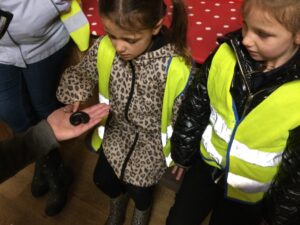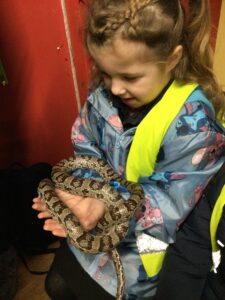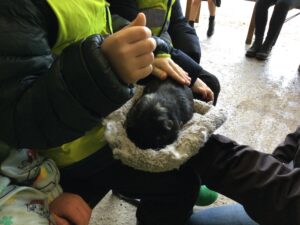Y3 Field Trip


Year 4 Visit Ely
This week, year 4 visited Ely to complete a river use survey in order to compare the river uses of the Great River Ouse to the Amazon River. We found lots of differences and some similarities too. We completed sketch maps, land use survey and a boat tally as well as other primary research data collection. During the trip, we also explored tourist attractions, such as Ely Cathedral and the Oliver Cromwell Museum, which will enable us to complete our persuasive brochure in our writing.


Summer House Competition ~ Maths Games
Pupils in Reception brought in their maths games this morning. I’m sure you’ll all agree that they each deserve a house point for their team. The overall winners will be announced after school.
We look forward to seeing all of your entries.
Y1 & Y2 – Tuesday
Y3 & Y4 – Wednesday
Y5 & Y6 – Thursday




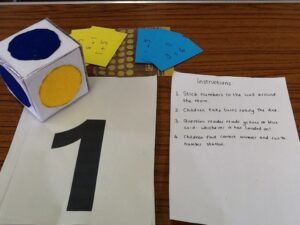
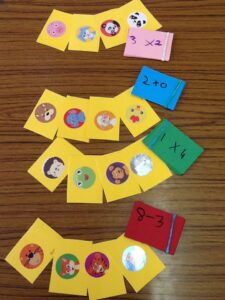








Pupils are proud to attend this happy school. The school makes everyone feel welcome. Caring staff build strong, positive and supportive relationships with pupils, including children in the early years. This helps pupils to feel safe and secure in school.
The school is ambitious for all pupils, including those with special educational needs and/or disabilities (SEND). Pupils’ behaviour is a strength of the school. They are respectful, considerate and polite. Lessons are rarely disrupted, and pupils maintain their positive behaviour during playtimes and lunchtimes.
Pupils have many enrichment opportunities. Trips to places of interest, including the Fitzwilliam Museum, help pupils engage with their learning and bring the curriculum to life. Pupils appreciate the opportunity to take on leadership roles, such as being a house captain or play leader. They are keen to attend the clubs on offer, such as sewing, yoga and mindfulness.
Pupils are developing their understanding of difference and inclusion through the carefully selected texts they meet in the ‘Burwell Bookshelf’. They build their confidence and leadership skills through ‘culture capital’ projects. For example, pupils create a business in the ‘fiver challenge’ and donate profits to local charities. Pupils are well prepared for their future lives.







A small group of pupils from Year 2 joined other schools to take part in the Friendship Games at Coleridge Community College.
Sports leaders from the college, demonstrated and supervised each mini event. In their teams, pupils were given the opportunity to try Olympic and Paralympic events such as climbing, curling, long jump and javelin. The pupils supported and encouraged each other throughout and thoroughly enjoyed the experience.
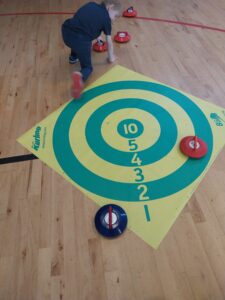



At the end of each day, the three winners from each phase were announced. In assembly, each winner was awarded additional house points for their team and a special, chocolate treat.
We were amazed at all the wonderful, creative entries. Your efforts have earnt a lot of house points.
Here are just a few.





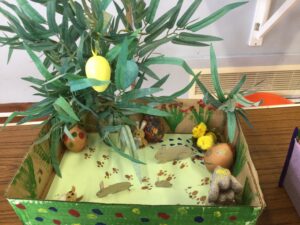









On Tuesday 12th March, Year 1 visited South Angle Farm as part of their ‘Animals including Humans’ theme.
During the trip, the children were able to see lots of different mammals including donkeys, goats, pigs, sheep and alpacas. They held, groomed and fed rabbits, guinea pigs and baby lambs. As well as this, the children were excited to meet some reptiles including a snake, tortoise and bearded dragon.
This experience was brilliant in enhancing the children’s knowledge on different types of animals, what they eat and how their bodies work.

